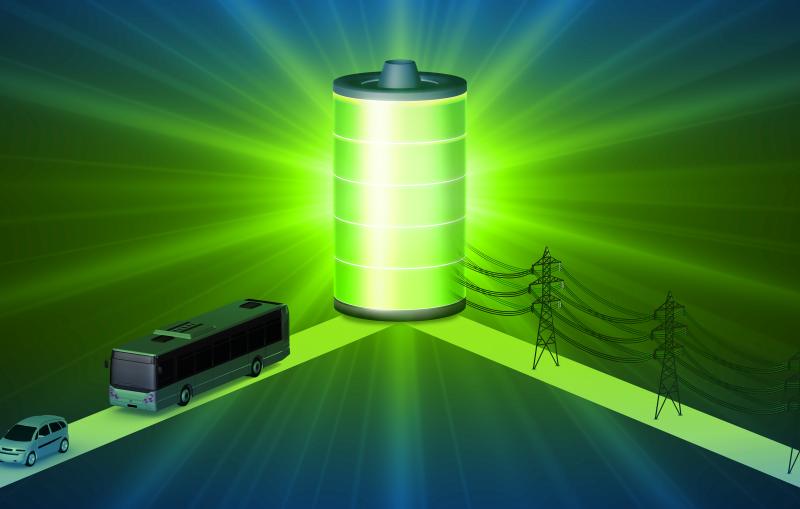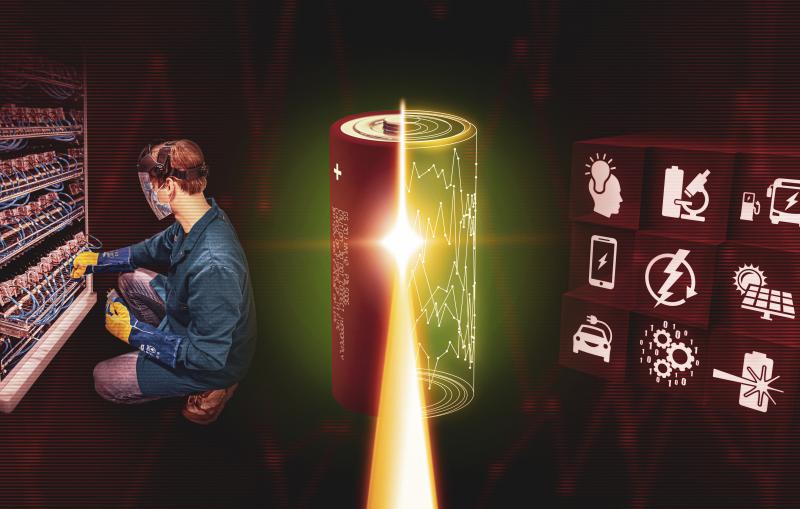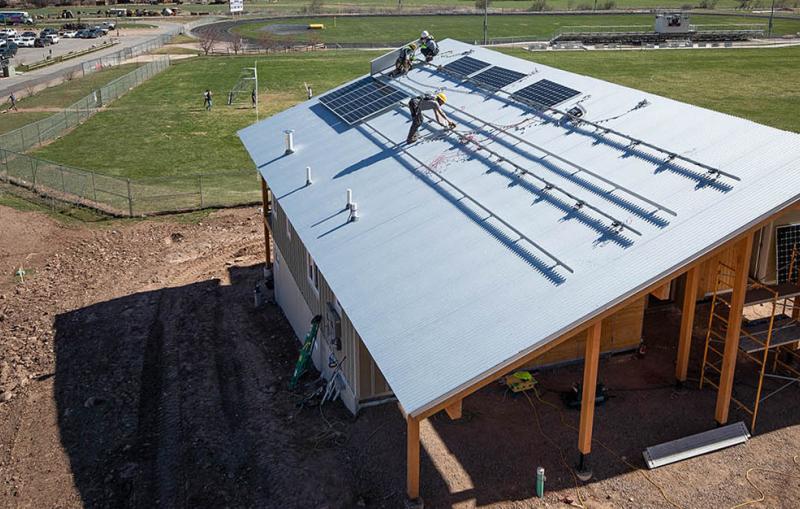
Illustration
The new SLAC-Stanford Battery Center aims to bridge the gaps between discovering, manufacturing and deploying innovative energy storage solutions.


The grid of the future will have to seamlessly absorb power fluctuations and quickly respond to major storms and other disruptions. We’re developing tools and control systems to make that a reality, including artificial intelligence to prevent or minimize electric grid failures.
Related links:
Energy sciences
Energy & sustainability news collection

The new SLAC-Stanford Battery Center aims to bridge the gaps between discovering, manufacturing and deploying innovative energy storage solutions.

